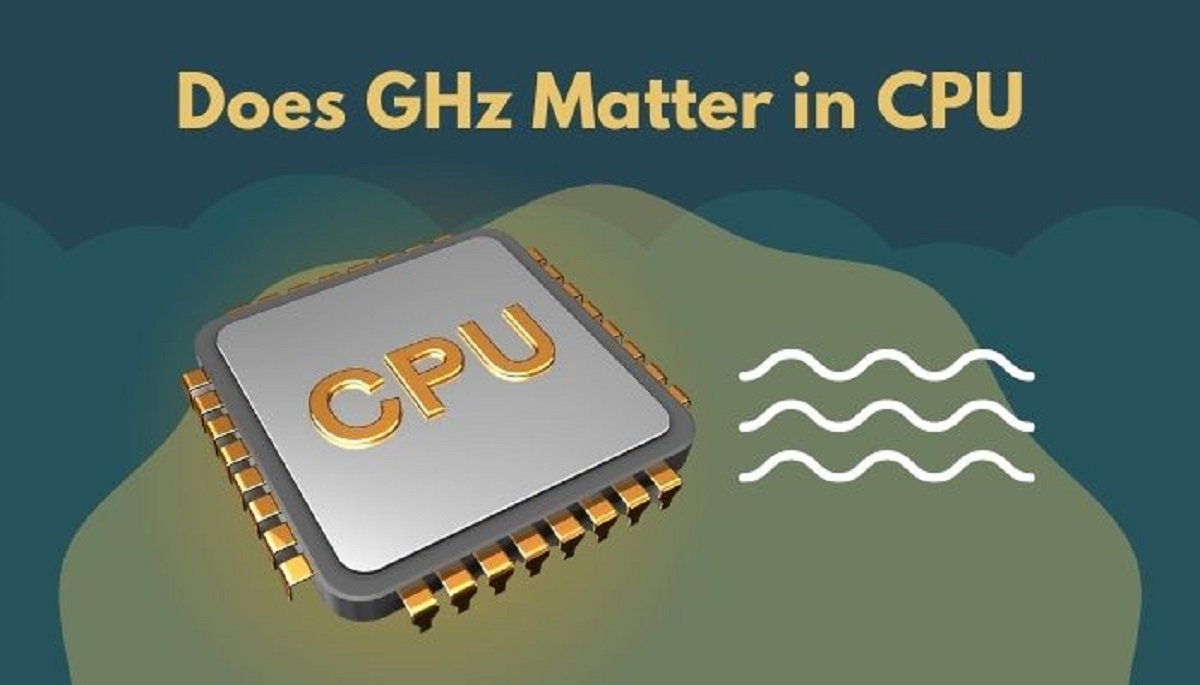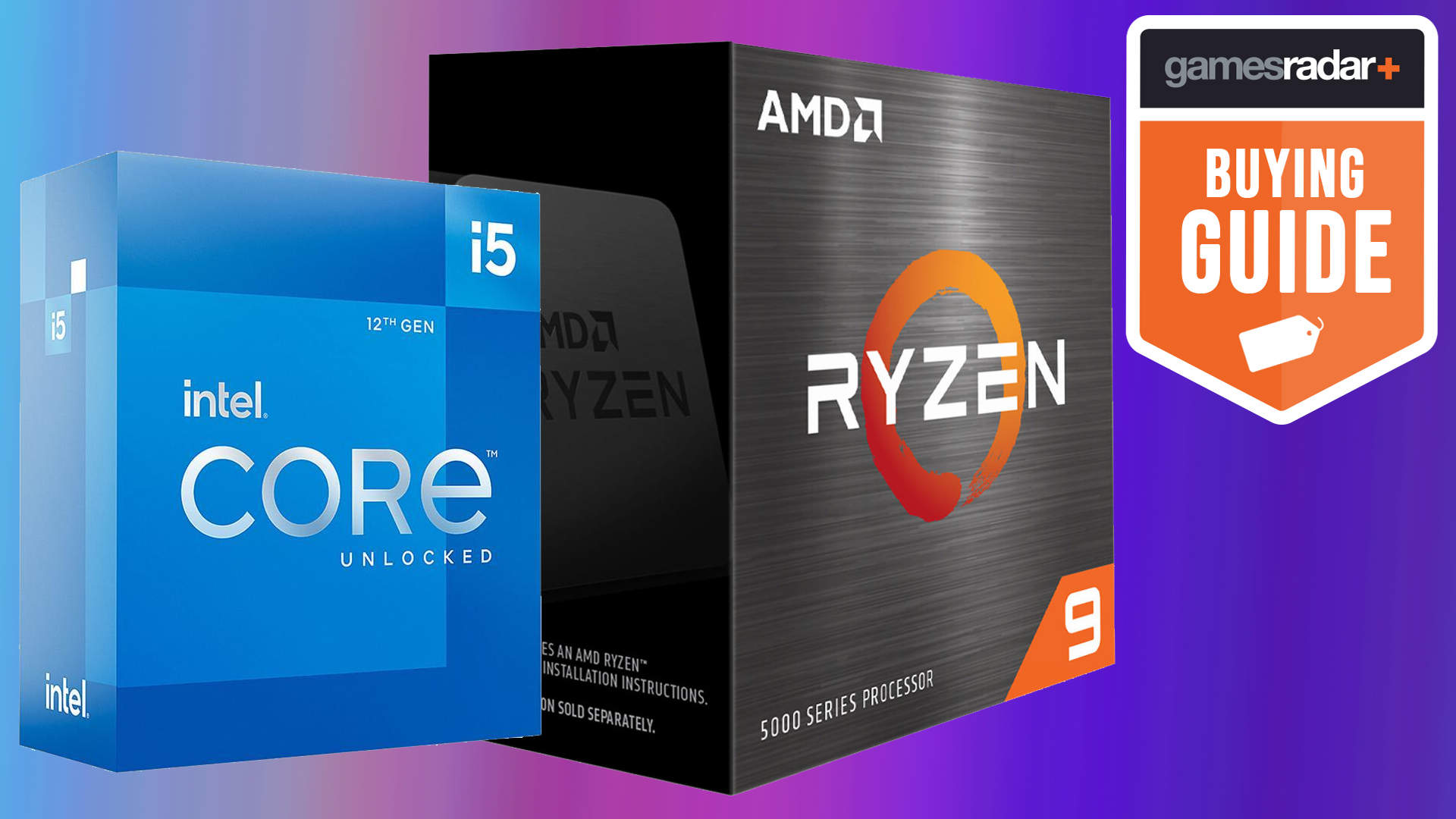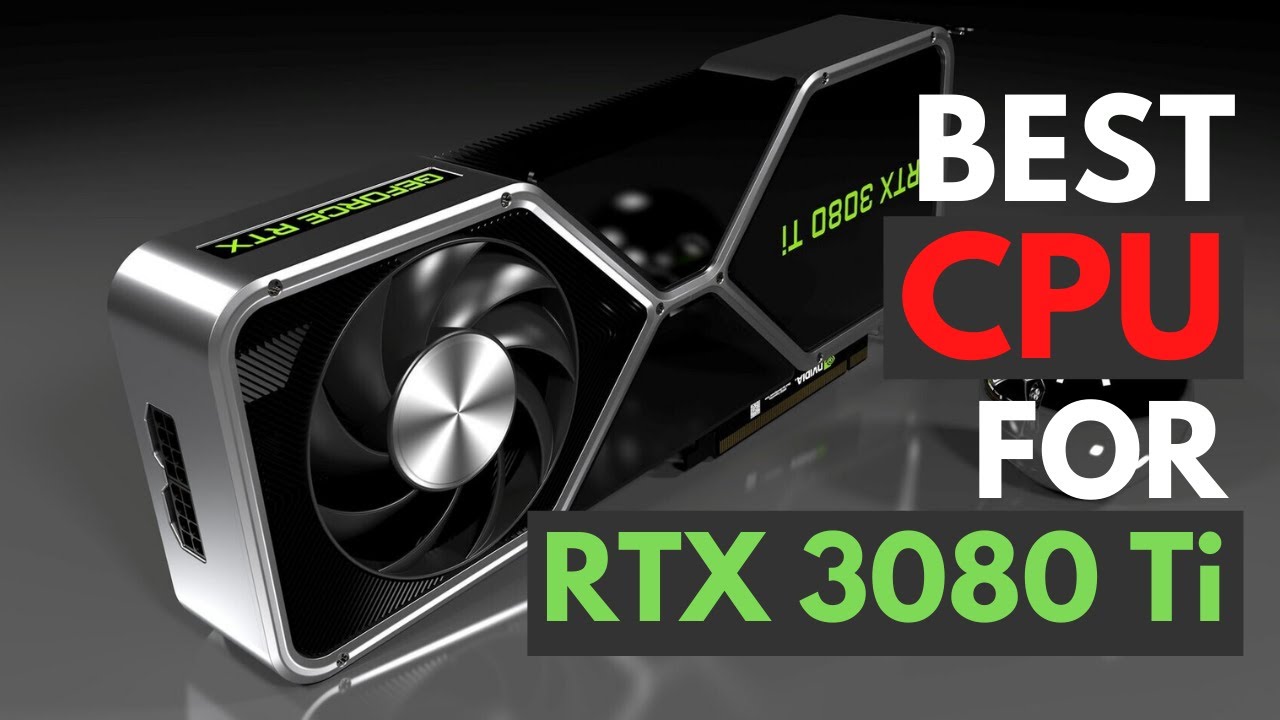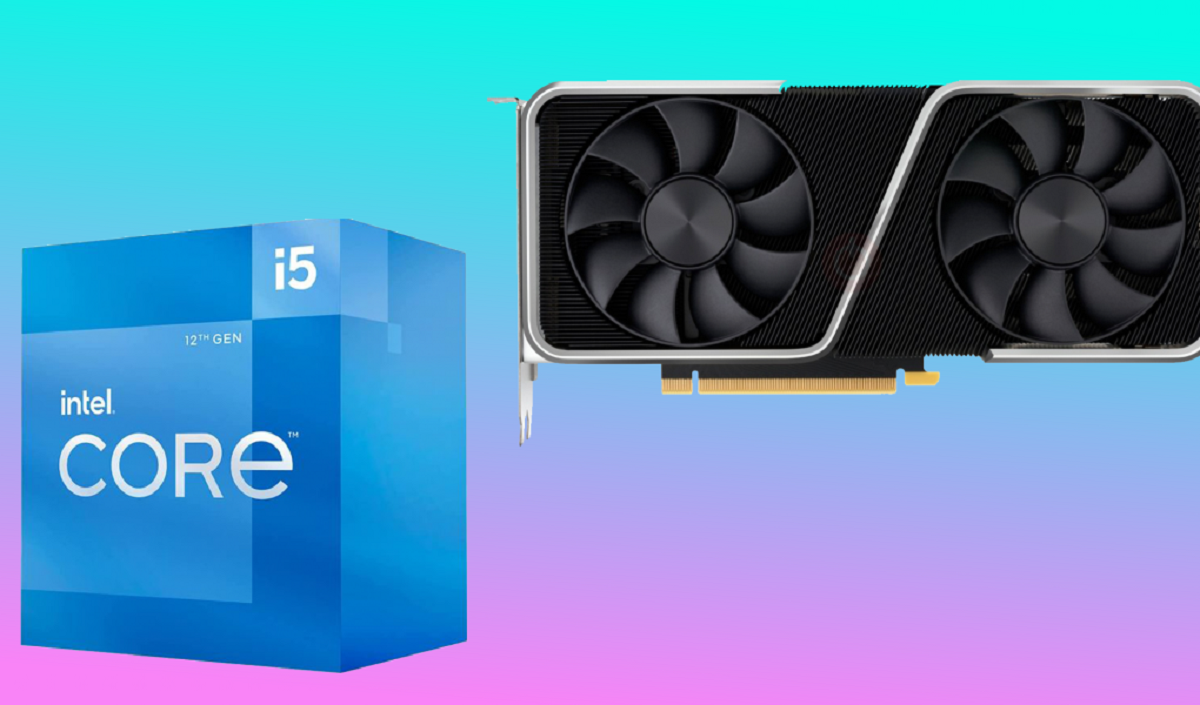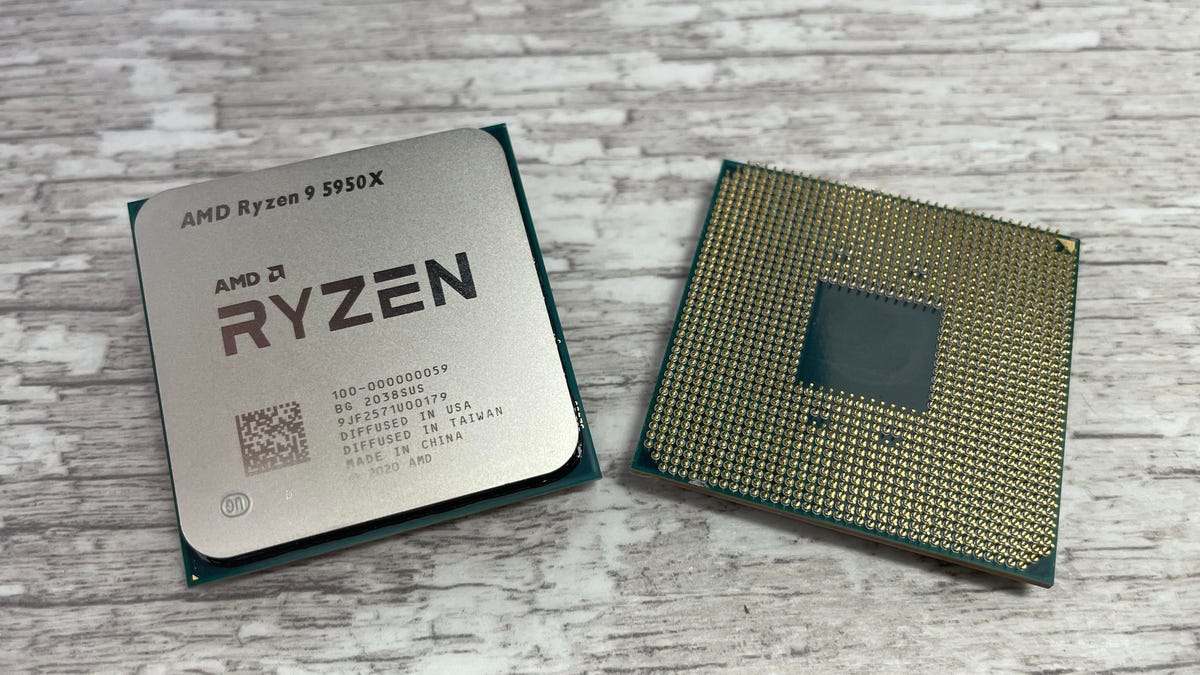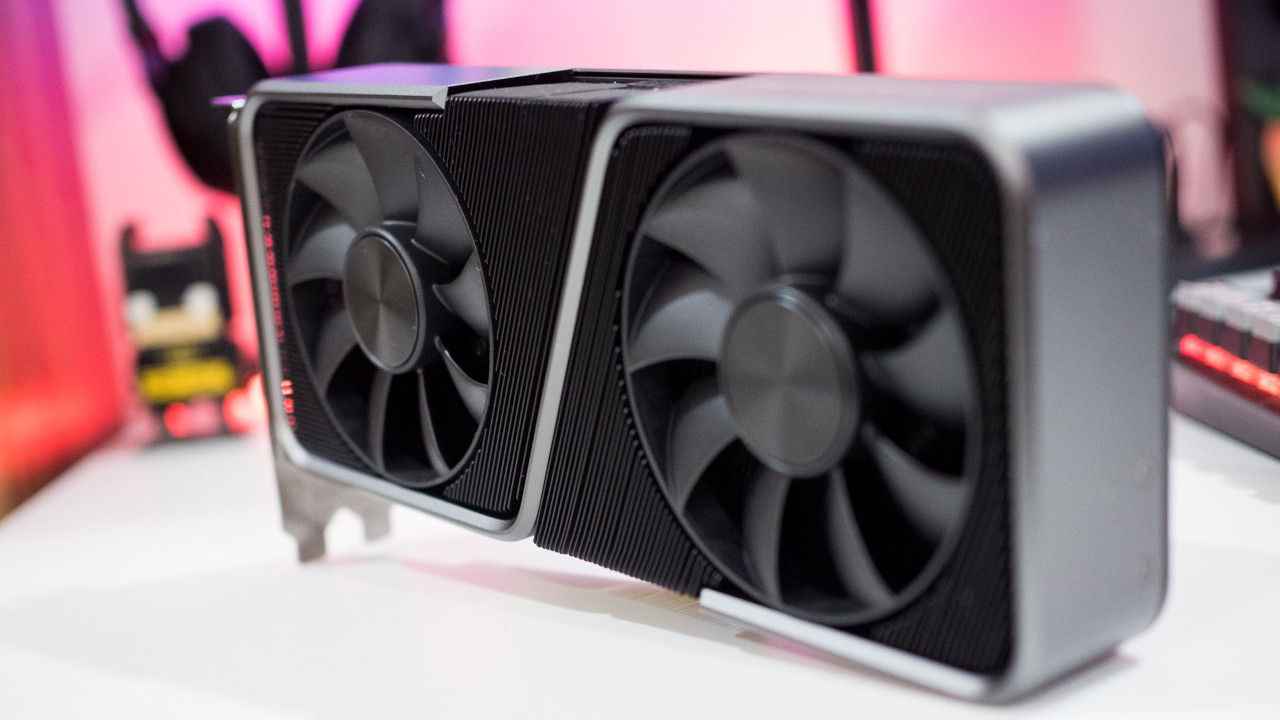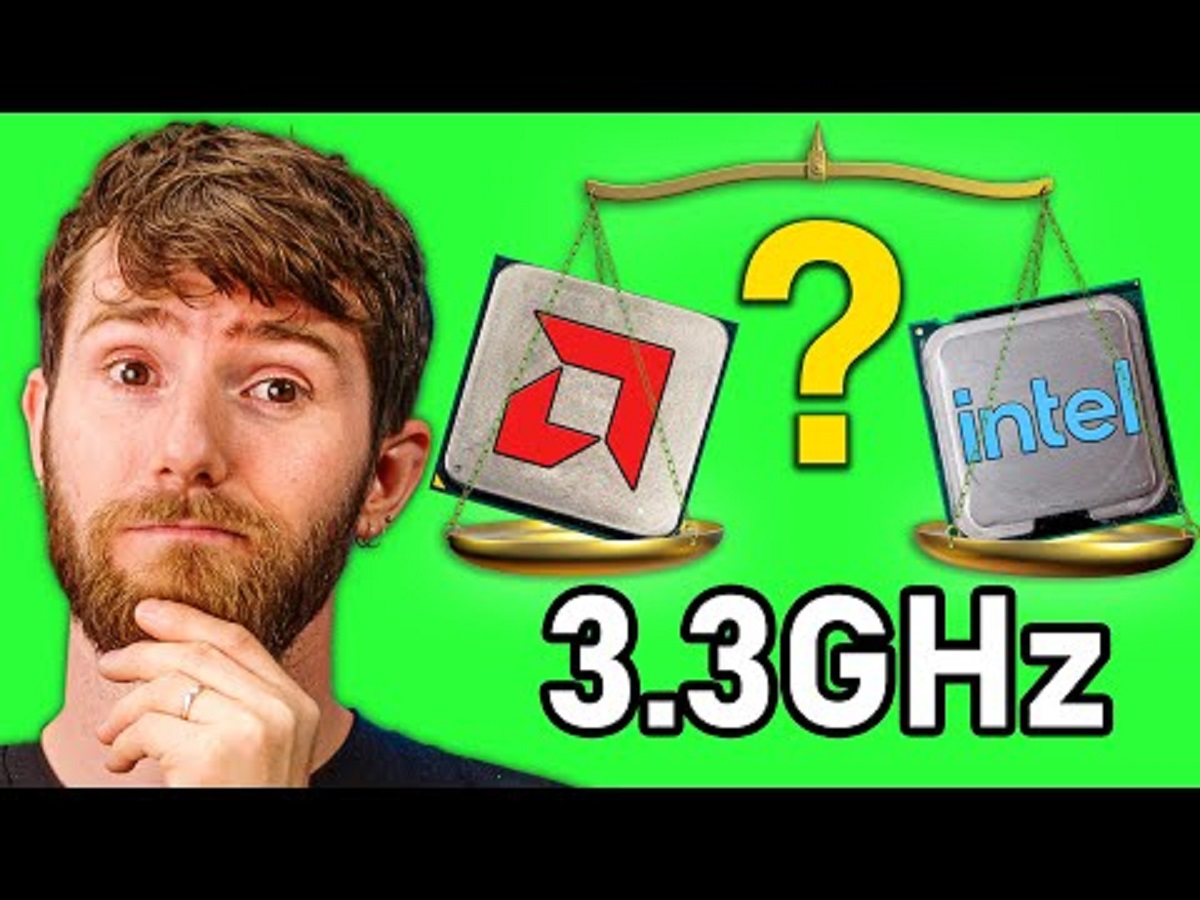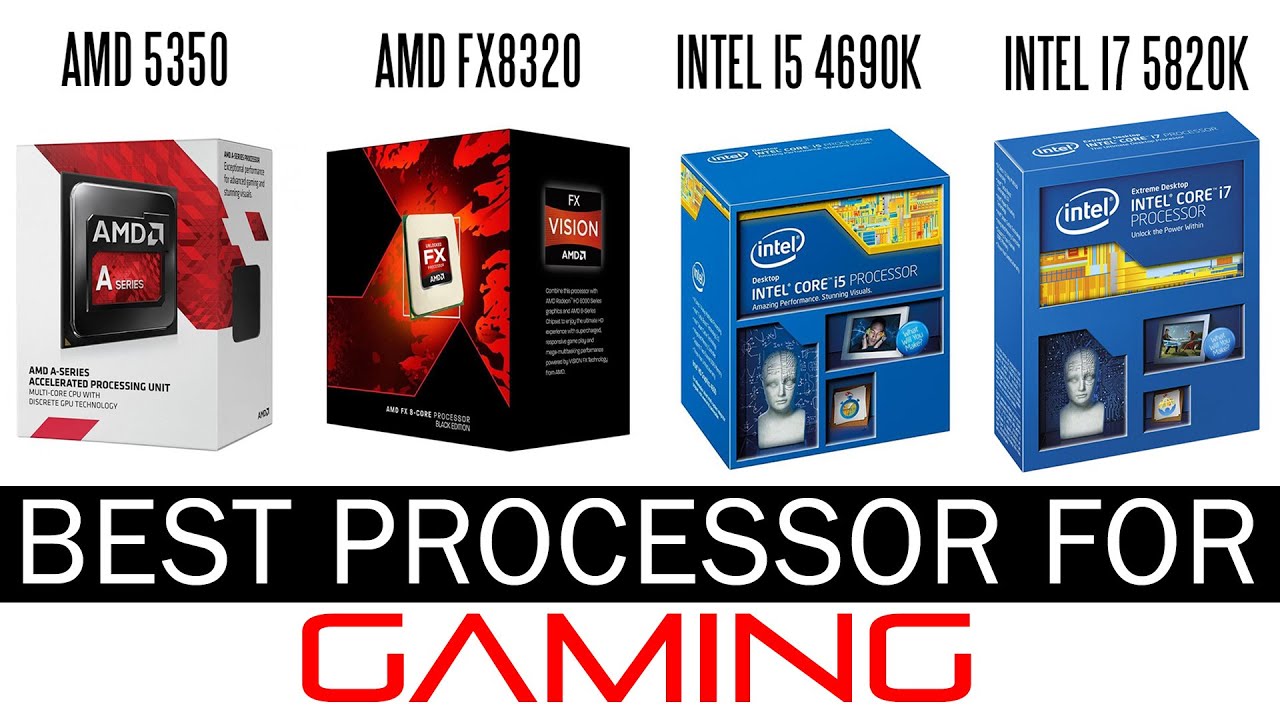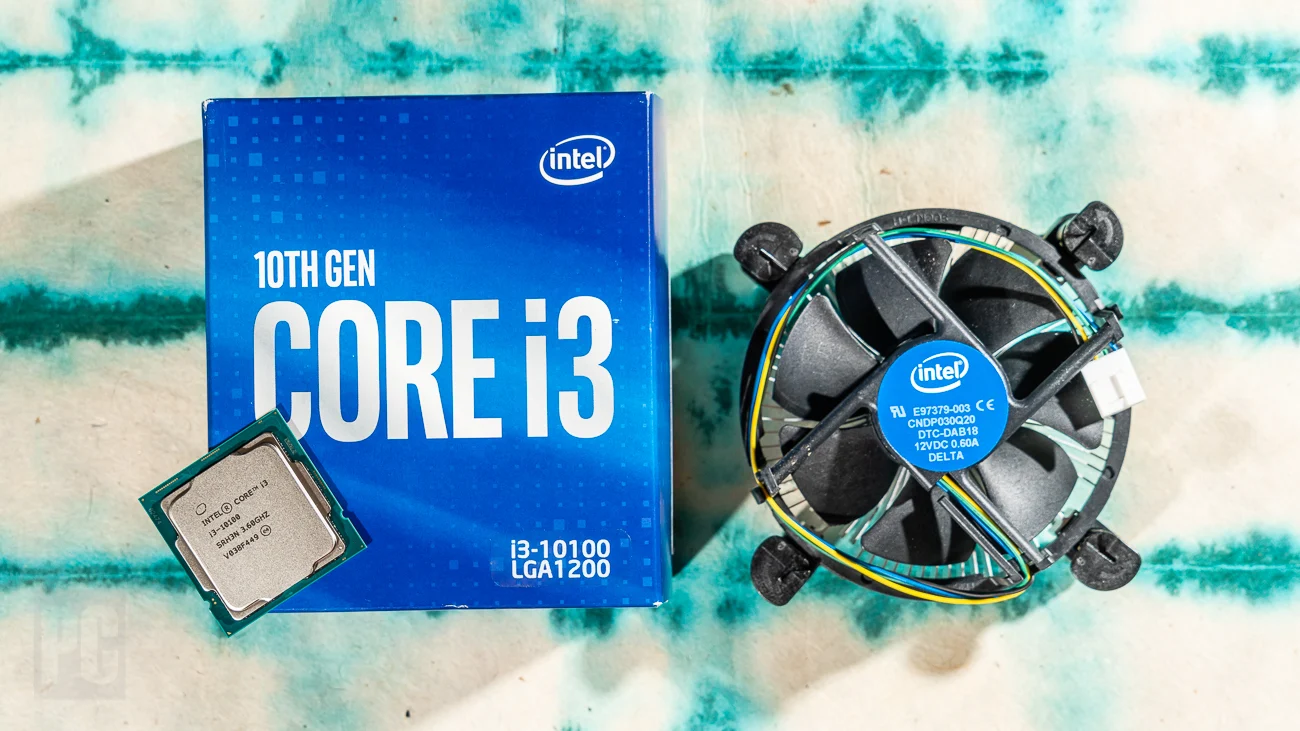Introduction
As technology continues to advance at a rapid pace, the world of computer processors keeps evolving alongside it. For those who are interested in the technical aspects of computers, you may have come across the term “GHz” when researching CPUs (Central Processing Units). But what exactly does GHz mean and how does it impact CPU performance?
GHz, or gigahertz, is a unit of measurement that represents the clock speed of a CPU. In simple terms, it measures how many clock cycles a processor can complete in one second. Think of it as the heartbeat of your computer, determining how fast it can execute instructions and process data.
Understanding the significance of GHz in relation to CPU performance is crucial for making informed decisions when choosing a computer or upgrading your existing setup. In this article, we will delve deeper into the concept of GHz, explore its impact on CPU performance, and discuss important factors that influence GHz, such as architecture and manufacturing process.
Additionally, we will explore the relationship between GHz and performance in various applications, including gaming. Furthermore, we will touch upon the controversial practice of overclocking, which allows users to increase the GHz of their CPUs beyond their factory-set limits.
Lastly, we’ll address a common question: does GHz matter more than the number of cores in a CPU? This debate continues to divide enthusiasts, and we’ll attempt to shed light on this topic to help you better understand the importance of both metrics when considering a CPU.
So, whether you’re a tech enthusiast or a casual computer user, join us on this journey to demystify GHz and its impact on CPU performance. By the end of this article, you’ll have a clear understanding of how GHz plays a crucial role in the overall functionality and speed of your computer.
What is GHz?
GHz, which stands for gigahertz, is a unit of measurement used to express the clock speed of a CPU (Central Processing Unit). It is a measure of how many clock cycles a processor can complete in one second. Clock cycles refer to the oscillations or pulses sent by the internal clock of the CPU that synchronize the operations of the processor.
To put it simply, GHz represents the speed at which a CPU processes instructions and performs calculations. The higher the GHz, the faster the processor can execute tasks, resulting in better overall performance.
When comparing CPUs, you’ll often come across models with different GHz ratings. For example, you may see CPUs with clock speeds ranging from 2.4 GHz to 4.0 GHz or even higher. The higher the GHz, the faster the CPU can carry out its tasks. However, it’s essential to keep in mind that GHz alone does not determine the overall performance of a CPU.
It’s also worth noting that GHz is a measure of the CPU’s raw speed, but it doesn’t necessarily translate directly into real-world performance. Other factors such as the architecture, the number of cores, cache size, and more can affect the overall performance of a CPU.
The importance of GHz and its impact on CPU performance differs depending on the intended usage of the computer. For basic tasks like web browsing, word processing, and media consumption, a lower GHz CPU may be sufficient. On the other hand, for more demanding applications like video editing, 3D modeling, and gaming, a higher GHz CPU is generally recommended.
It’s worth mentioning that GHz is not the only metric to consider when evaluating CPU performance. The efficiency and effectiveness of the processor’s architecture and its ability to handle instructions and data are equally important.
In the next section, we will explore how GHz affects CPU performance in detail and delve into the nuances of clock speed and its impact on different computing tasks.
How does GHz affect CPU performance?
The GHz rating of a CPU directly impacts its performance by determining how quickly it can process instructions and perform calculations. A higher GHz generally means that the CPU can execute tasks at a faster rate, resulting in improved overall performance.
When a CPU receives an instruction, it completes the necessary calculations by going through a series of clock cycles. Each clock cycle represents a fixed amount of time it takes for the CPU to perform a single operation. The higher the GHz, the more clock cycles the CPU can complete within a second, translating to faster processing speeds.
However, it’s important to note that GHz alone does not guarantee superior performance. While a higher GHz rating may imply faster processing speeds, other factors such as architecture and microarchitecture, cache size, and the number of cores also contribute to overall CPU performance.
For example, modern CPUs often employ technologies such as branch prediction, instruction pipelining, and multi-threading, which can significantly enhance performance irrespective of the GHz rating alone. These features optimize the CPU’s efficiency by executing tasks in parallel, reducing bottlenecks, and maximizing its capabilities.
Moreover, specific applications may have distinct requirements that impact CPU performance. Tasks like gaming, video editing, and 3D rendering heavily rely on the CPU’s processing power. A higher GHz CPU can handle these demanding tasks more efficiently, resulting in smoother gameplay, faster video encoding, and quicker rendering times.
However, it’s important to strike a balance between GHz and other performance factors when choosing a CPU. For certain workloads, a CPU with a lower GHz but more cores may outperform a CPU with a higher GHz but fewer cores.
In summary, while GHz is an essential metric for evaluating CPU performance, it’s not the sole factor that determines the processor’s capabilities. When considering a CPU, it’s crucial to consider the architecture, cache size, number of cores, and other relevant features to ensure optimal performance for your specific computing needs.
Understanding CPU Clock Speed
CPU clock speed, often measured in GHz, is a crucial aspect of a processor’s performance. It determines how fast the CPU can execute instructions and process data. To comprehend CPU clock speed better, let’s delve into the concept of clock cycles.
A clock cycle represents a fixed unit of time during which the CPU performs an operation. It acts as a metronome, synchronizing the activities within the processor. Clock speed signifies the number of clock cycles a CPU can complete in one second, with a higher clock speed indicating faster processing.
It’s important to note that not all CPUs are manufactured with the same clock speed. Manufacturers determine the appropriate clock speed during the development process, aiming to strike a balance between performance, power consumption, and heat generation.
CPU clock speed relies on a system-controlled oscillator that generates electrical pulses at a specific frequency. These pulses synchronize the activities within the processor, allowing it to execute instructions at the designated speed. The clock speed is typically measured and expressed in gigahertz (GHz).
Modern CPUs often employ dynamic clock speed technologies, such as Intel’s Turbo Boost or AMD’s Precision Boost. These technologies dynamically adjust the clock speed based on workload and thermal conditions. When the CPU is under heavy load, it can increase the clock speed temporarily to deliver a performance boost.
Understanding the CPU clock speed is crucial when evaluating a processor’s capabilities. For example, a CPU with a higher clock speed will generally perform better in tasks that require quick sequential calculations, such as single-threaded applications.
However, it’s worth mentioning that clock speed alone doesn’t dictate the overall performance, as other factors like the number of cores, cache size, and architecture also play significant roles.
Additionally, it’s important to consider the balance between clock speed and power consumption. Higher clock speeds tend to consume more power and generate more heat, which can affect system stability and require more robust cooling solutions.
In summary, CPU clock speed represents the speed at which a processor can perform calculations and execute instructions. It’s an essential factor to consider when evaluating CPU performance, but it’s important to understand that it’s not the sole determinant of a processor’s capabilities. Other factors, such as the number of cores, cache size, architecture, and dynamic clock speed technologies, should be taken into account to make an informed decision when selecting a CPU.
Factors Affecting GHz
Several factors can influence the GHz rating of a CPU, and understanding these factors is crucial when considering the performance of a processor. Let’s explore some of the main factors that can affect the GHz rating.
1. Architecture: CPU architecture plays a significant role in determining the GHz rating. Different architectures have varying levels of efficiency and performance. Advanced architectures can achieve higher GHz ratings by optimizing the internal circuits and pipeline structures, allowing for faster data processing.
2. Manufacturing process: The manufacturing process used to produce the CPU affects its GHz rating. Smaller transistor sizes, such as those found in advanced manufacturing processes like 7nm or 14nm, allow for higher density and improved power efficiency, enabling CPUs to operate at higher clock speeds.
3. Heat dissipation: Heat generated by a CPU can impact the GHz rating. As clock speeds increase, so does power consumption and heat generation. Efficient cooling solutions, like quality heat sinks and fans, are crucial to maintaining stable operating temperatures, as excessive heat can lead to thermal throttling and reduce the effective GHz rating.
4. Voltage and power consumption: The voltage supplied to a CPU affects its maximum achievable GHz. Higher voltages can increase the GHz rating, but they also result in increased power consumption and greater heat generation. Therefore, manufacturers aim to strike a balance between performance and power efficiency to deliver optimal results.
5. Overclocking: The practice of overclocking allows users to push CPUs beyond their officially specified GHz ratings. By increasing the voltage and adjusting clock speed settings, users can achieve higher GHz ratings. However, overclocking can also lead to increased power consumption and heat generation, requiring more robust cooling solutions and potentially shortening the lifespan of the CPU if not done properly.
It’s important to note that the GHz rating of a CPU is determined during the manufacturing process and is not typically adjustable by the end-user. However, some CPUs are designed to automatically adjust their clock speeds based on factors such as workload and thermal conditions.
When selecting a CPU, it’s essential to consider these factors and understand their impact on performance. A higher GHz rating alone does not guarantee better performance, as other factors like architecture, manufacturing process, heat dissipation, and power consumption also play vital roles in determining a CPU’s overall capabilities.
Now that we have explored the factors affecting GHz ratings, let’s delve into how GHz performance impacts different applications, including gaming, and how it relates to the core count of a CPU.
The Impact of GHz on Gaming and Other Applications
When it comes to gaming and other CPU-intensive applications, the GHz rating of a processor plays a crucial role in determining performance. Let’s delve into how GHz affects different applications and specifically focus on gaming.
Gaming relies heavily on the processing power of a CPU, as it handles various tasks such as physics calculations, artificial intelligence, and game logic. Higher GHz ratings generally translate to smoother gameplay, faster loading times, and improved overall performance.
In gaming, the CPU is responsible for executing instructions and calculations related to game mechanics, like physics simulations and AI behavior. A higher GHz allows the CPU to process these calculations faster, resulting in more responsive gameplay, reduced input lag, and smoother frame rates.
However, it’s important to note that gaming performance is influenced by various factors in addition to GHz. Factors such as GPU (Graphics Processing Unit) performance, memory speed, and game optimization also contribute significantly to overall gaming experience. Therefore, a balanced system with a powerful GPU, sufficient memory, and a capable CPU is necessary for optimal gaming performance.
Besides gaming, GHz can impact other CPU-intensive applications as well. Tasks like video editing, 3D rendering, and complex simulations heavily rely on the CPU’s processing power. A higher GHz rating can lead to faster rendering times, quicker video encoding, and improved overall performance in these applications.
However, it’s worth noting that not all applications benefit equally from higher GHz ratings. Some applications, such as multi-threaded software, can take advantage of CPUs with higher core counts and efficient thread management to distribute workload effectively. In such cases, a CPU with a lower GHz but more cores may outperform a CPU with a higher GHz but fewer cores.
Ultimately, when considering CPU performance for gaming and other applications, it’s important to strike a balance between clock speed (GHz), core count, and other performance metrics. It’s advisable to consult system requirements of specific applications or games, as they often provide recommended specifications to ensure smooth operation.
In the next section, we will explore the controversial practice of overclocking and its relationship with GHz.
Overclocking and GHz
Overclocking is the process of increasing a CPU’s clock speed beyond its factory-set limits to achieve higher GHz ratings. This practice is popular among enthusiasts and gamers who seek to extract maximum performance from their CPUs. Let’s delve into the realm of overclocking and its relationship with GHz.
Overclocking involves adjusting the voltage and clock speed settings of a CPU to push it beyond its default specifications. By increasing the voltage, more power is supplied to the processor, allowing it to operate at higher clock speeds. This, in turn, leads to increased performance potential.
One of the primary motivations for overclocking is to achieve higher GHz ratings, as a higher clock speed generally translates to improved performance in CPU-intensive tasks and applications. Overclocking can provide a noticeable boost in gaming performance, resulting in higher frame rates and smoother gameplay.
However, overclocking is not without its drawbacks. Increased clock speeds require more power, resulting in increased power consumption and heat generation. This can lead to higher temperatures and necessitate more robust cooling solutions to maintain stable operating conditions.
Moreover, overclocking can potentially reduce the lifespan of the CPU if not done properly. The increased voltage and heat levels put additional stress on the processor, which can lead to premature degradation. It’s essential to ensure proper cooling and adhere to safe voltage and temperature limits when overclocking.
Not all CPUs are created equal when it comes to overclocking. Some CPUs may have better overclocking potential due to superior silicon quality or specific features implemented by the manufacturer. Additionally, the effectiveness of overclocking can be influenced by factors such as the cooling system, motherboard capabilities, and the overall stability of the system.
It’s crucial to note that overclocking voids warranty and can potentially damage the CPU if not done properly. It requires advanced knowledge and expertise, so beginners should exercise caution and thoroughly research the process before attempting to overclock their CPUs.
In summary, overclocking can allow users to achieve higher GHz ratings and unlock additional performance potential from their CPUs. However, it also comes with risks such as increased power consumption, heat generation, and reduced lifespan if not executed properly. Overclocking should be approached with caution and only undertaken by experienced users who understand the associated risks and are willing to accept the consequences.
Next, let’s explore the debate between GHz and core count to gain a better understanding of their relative importance in CPU performance.
GHz vs. Core Count: Which is More Important?
The debate between GHz and core count often arises when evaluating CPU performance. While both metrics play significant roles, their importance tends to vary depending on the specific use case and workload. Let’s delve into the comparison of GHz and core count to better understand their relative importance in CPU performance.
GHz, or clock speed, represents how fast a CPU can execute instructions. A higher GHz rating generally indicates faster processing speeds and improved performance in tasks that rely on single-threaded performance, such as web browsing or older applications that are not optimized for multi-threading.
On the other hand, core count refers to the number of processing units, or cores, within a CPU. Each core can independently execute instructions, allowing for parallel processing and improved multi-threaded performance. Applications that are optimized for multi-threading, such as video editing, 3D rendering, and certain types of scientific calculations, can benefit significantly from higher core counts.
When considering which metric is more important, it’s essential to understand the intended usage and workload requirements. For tasks that heavily rely on single-threaded performance, such as gaming, the GHz rating plays a crucial role. In gaming, higher clock speeds result in faster calculations, better real-time physics simulations, and smoother overall gameplay.
However, for multi-threaded applications that can effectively utilize multiple cores, core count becomes more critical than GHz. With a higher core count, the CPU can divide and handle the workload more efficiently, resulting in faster rendering times, quicker data analysis, and improved overall performance in multi-threaded tasks.
The balance between GHz and core count is also influenced by advancements in CPU architecture and optimization. Modern CPUs employ technologies such as hyper-threading (Simultaneous Multi-Threading – SMT), which effectively doubles the number of logical cores by allowing each physical core to handle multiple threads. This can provide a performance boost in multi-threaded applications without requiring a significant increase in core count.
Ultimately, determining the importance of GHz versus core count depends on the specific workload and application requirements. The ideal CPU for gaming might prioritize higher GHz ratings, while a CPU for professional multimedia tasks might benefit from a higher core count.
It’s worth noting that in recent years, CPU manufacturers have been striving to strike a balance between GHz and core count by developing CPUs with higher clock speeds and increased core counts. This has resulted in CPUs that provide strong performance in both single-threaded and multi-threaded applications.
In summary, the importance of GHz versus core count depends on the specific workload and application requirements. Both metrics play crucial roles in CPU performance, with GHz influencing single-threaded tasks, and core count enhancing multi-threaded performance. It’s important to consider the intended usage and strike a balance between GHz and core count when selecting a CPU.
Conclusion
In conclusion, GHz, or gigahertz, is a fundamental metric that measures the clock speed of a CPU. It represents the number of clock cycles a processor can complete in one second, reflecting its processing speed. However, GHz alone does not determine the overall performance of a CPU.
When evaluating CPU performance, it’s important to consider other factors such as architecture, manufacturing process, heat dissipation, and power consumption. These factors can significantly influence a CPU’s capabilities and determine its efficiency and effectiveness in different applications.
The impact of GHz on CPU performance varies depending on the workload and the requirements of specific applications. In tasks that rely on single-threaded performance, a higher GHz rating generally leads to improved performance. Gaming, for example, benefits from higher clock speeds as it enhances real-time physics calculations and overall gameplay responsiveness.
In contrast, for multi-threaded tasks that can effectively utilize multiple cores, core count becomes more important than GHz. Higher core counts enable CPUs to handle parallel processing more efficiently, resulting in faster rendering, data analysis, and improved performance in applications optimized for multi-threading.
Overclocking offers users the ability to increase a CPU’s clock speed beyond its default specifications to achieve higher GHz ratings. While this practice can provide performance gains, it also comes with risks such as increased power consumption, heat generation, and reduced CPU lifespan. Overclocking should only be attempted by experienced users with proper knowledge and caution.
In the ongoing GHz versus core count debate, it’s important to strike a balance and consider the specific workload and application requirements. Both GHz and core count play crucial roles in CPU performance, and the ideal choice depends on the nature of the tasks at hand.
By understanding the complexities of GHz, architecture, core count, and other relevant factors, users can make informed decisions when selecting a CPU that aligns with their specific computing needs and preferences.
So, whether you’re a gamer seeking smoother gameplay, a professional requiring swift processing in multi-threaded tasks, or a general user looking for a well-rounded CPU, considering factors beyond GHz is crucial for unlocking the true potential of your computer.







